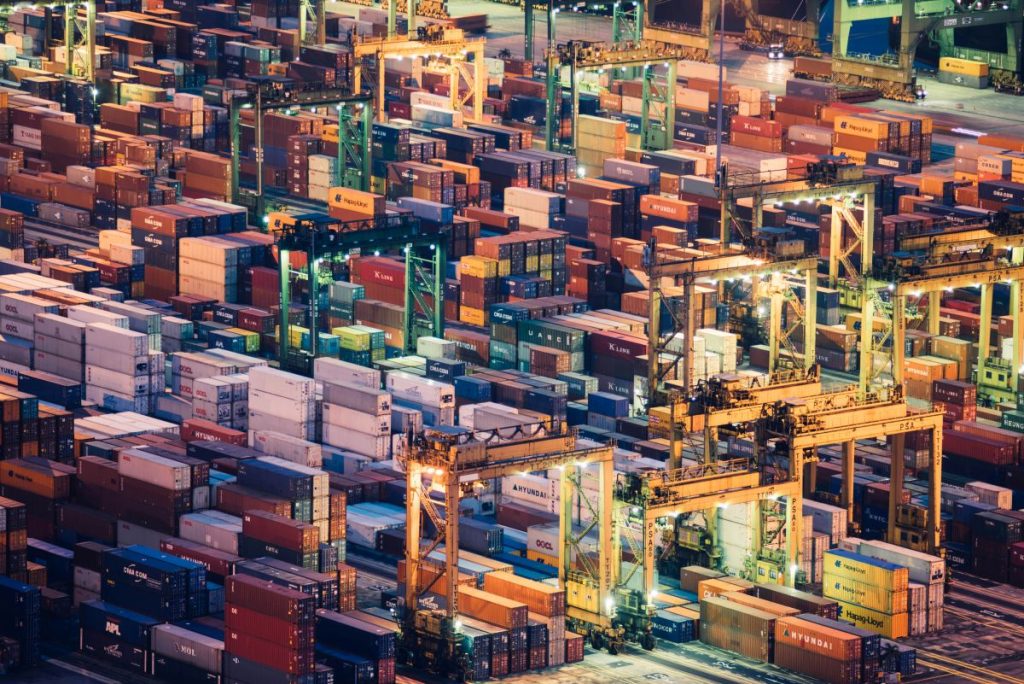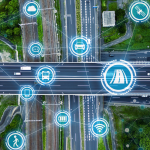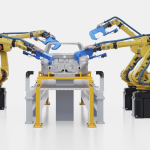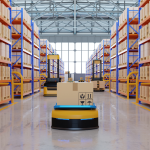Optimizing Terminal Throughput with Intelligent Automation
Intermodal terminals are at a turning point. With an 8.5% surge in volume in 2024—driven largely by a 13.9% increase in international container movements—operators are under mounting pressure to keep pace. Congestion, inefficient asset utilization, and slow response times are no longer just operational headaches; they are competitive disadvantages.
To thrive in this high-demand environment, terminals must move beyond traditional management systems. Static reporting and outdated planning models can no longer support the agility required in today’s fast-moving logistics networks. The key to unlocking greater efficiency lies in real-time data, AI-driven automation, and predictive analytics. By embedding these technologies into daily operations, terminals can enhance speed, reduce costs, and maintain service levels without costly infrastructure expansion.
Moving Beyond Outdated Reporting
For decades, terminals have relied on transactional data—tracking gate movements, train schedules, and equipment allocation—to inform operations. However, many still treat data as a retrospective tool rather than a real-time asset. Reports extracted from legacy data warehouses provide a useful historical lens but fail to enable proactive decision-making.
This approach is akin to planning routes with a static road atlas rather than GPS navigation. Static data offers a broad directional view, but real-time insights allow for dynamic adjustments based on changing conditions. In terminal operations, this means shifting from reactive crisis management to predictive optimization—forecasting congestion, balancing yard utilization, and adjusting train slots before inefficiencies arise.
Building a Smart Data Ecosystem
Unlocking real-time intelligence requires a robust data strategy. Yet, many terminals struggle with fragmented systems, where valuable insights remain locked within siloed platforms. The first step toward operational agility is integrating these data sources into a unified platform where transactional, sensor, and operational data can be analyzed holistically.
Data governance is equally critical. Inaccurate or incomplete records undermine the effectiveness of AI-driven decision-making. By prioritizing data integrity—starting with core elements such as container positions, yard capacity, and equipment status—terminals can ensure that optimization models deliver meaningful results. The goal isn’t data perfection, but rather a system that continuously refines itself, improving decision reliability over time.
From Automation to Intelligent Optimization
Once a strong data foundation is in place, AI can transform operations by driving real-time, autonomous decision-making. Traditional terminal planning relies on fixed schedules and human-led adjustments, which can lag behind real-world conditions. AI-powered systems, on the other hand, continuously analyze live data, adjusting resource allocation, equipment deployment, and train scheduling in real time.
This level of automation eliminates inefficiencies caused by static, one-size-fits-all planning. For example, AI-driven gate scheduling can adjust lane assignments based on current traffic conditions, reducing wait times and improving throughput. Similarly, predictive analytics can anticipate equipment failures, allowing for preemptive maintenance that minimizes downtime.
The Human Element in AI-Enhanced Terminals
Despite AI’s potential, human expertise remains vital. Resistance to automation often stems from trust issues—experienced planners may hesitate to fully rely on algorithmic recommendations. A hybrid approach, where AI provides data-backed suggestions while human strategists oversee execution, ensures a balance between efficiency and operational oversight.
Modern yard management platforms serve as an essential bridge between AI-driven insights and human decision-making. These systems present real-time recommendations in a transparent, actionable format, enabling planners to refine, override, or validate AI-driven optimizations. Over time, this iterative process builds confidence in automated decision-making while leveraging human expertise for complex, high-stakes scenarios.
Future-Proofing Terminal Operations
As global trade volumes continue to grow, the intermodal sector faces a defining moment. Those who embrace AI, automation, and real-time intelligence will set a new standard for efficiency, adaptability, and resilience. The shift isn’t just about keeping pace with rising container flows—it’s about positioning terminals for long-term success in an increasingly volatile supply chain landscape.
The future belongs to those who move beyond reactive logistics and adopt a data-driven, AI-powered approach. With the right strategies in place, intermodal terminals can achieve smarter, faster, and more cost-effective operations, ensuring they remain competitive in an evolving global trade ecosystem.







